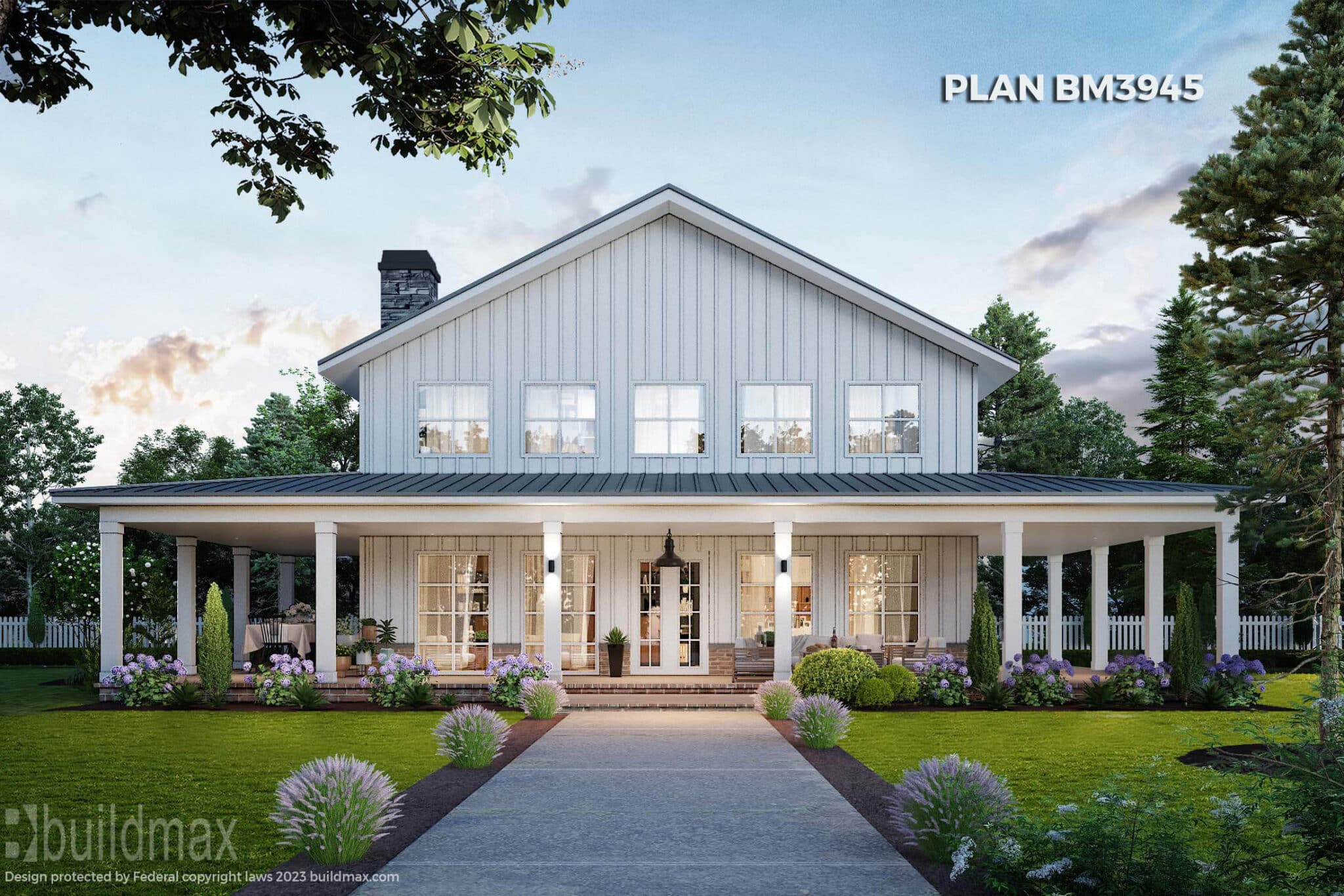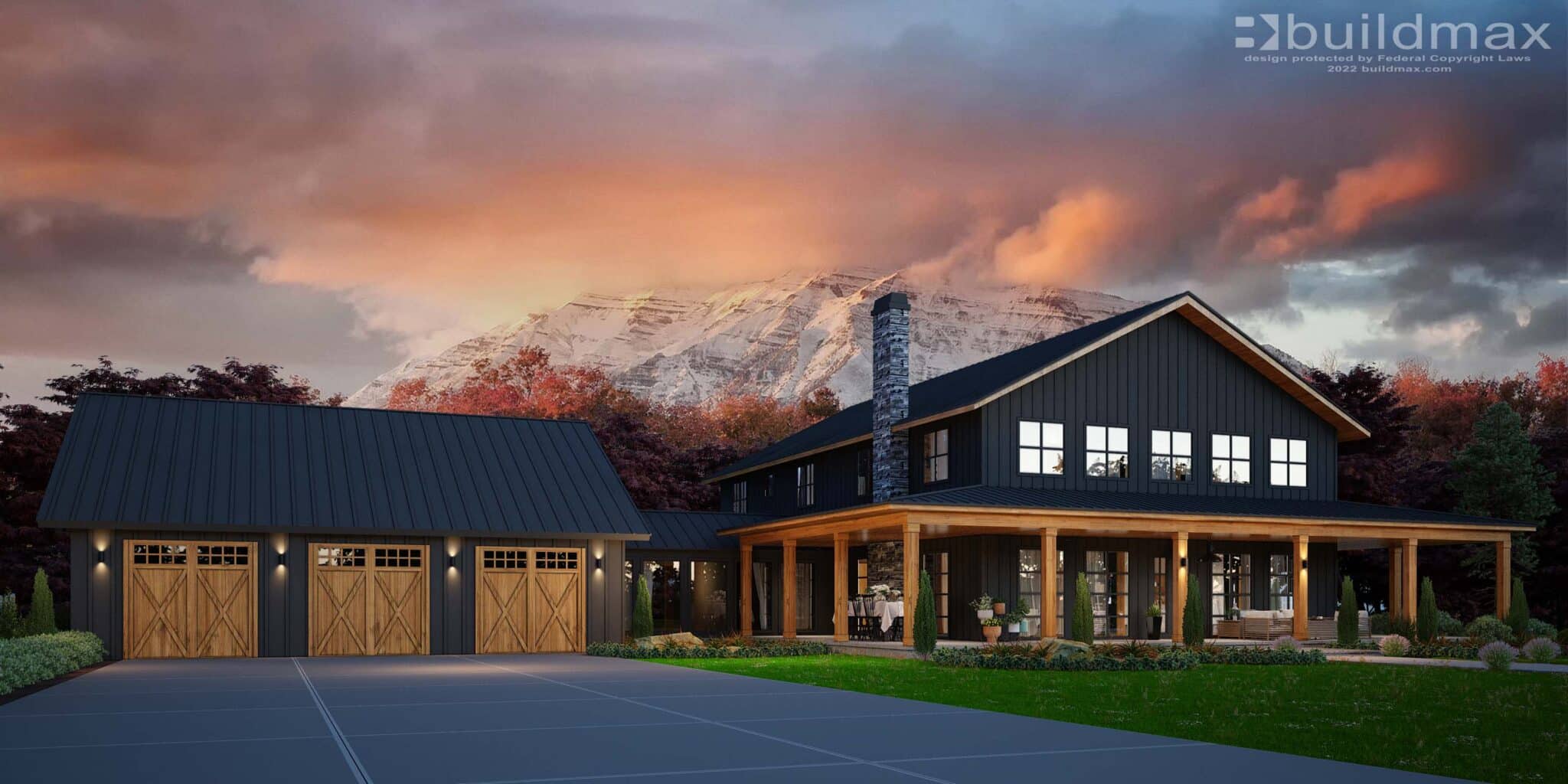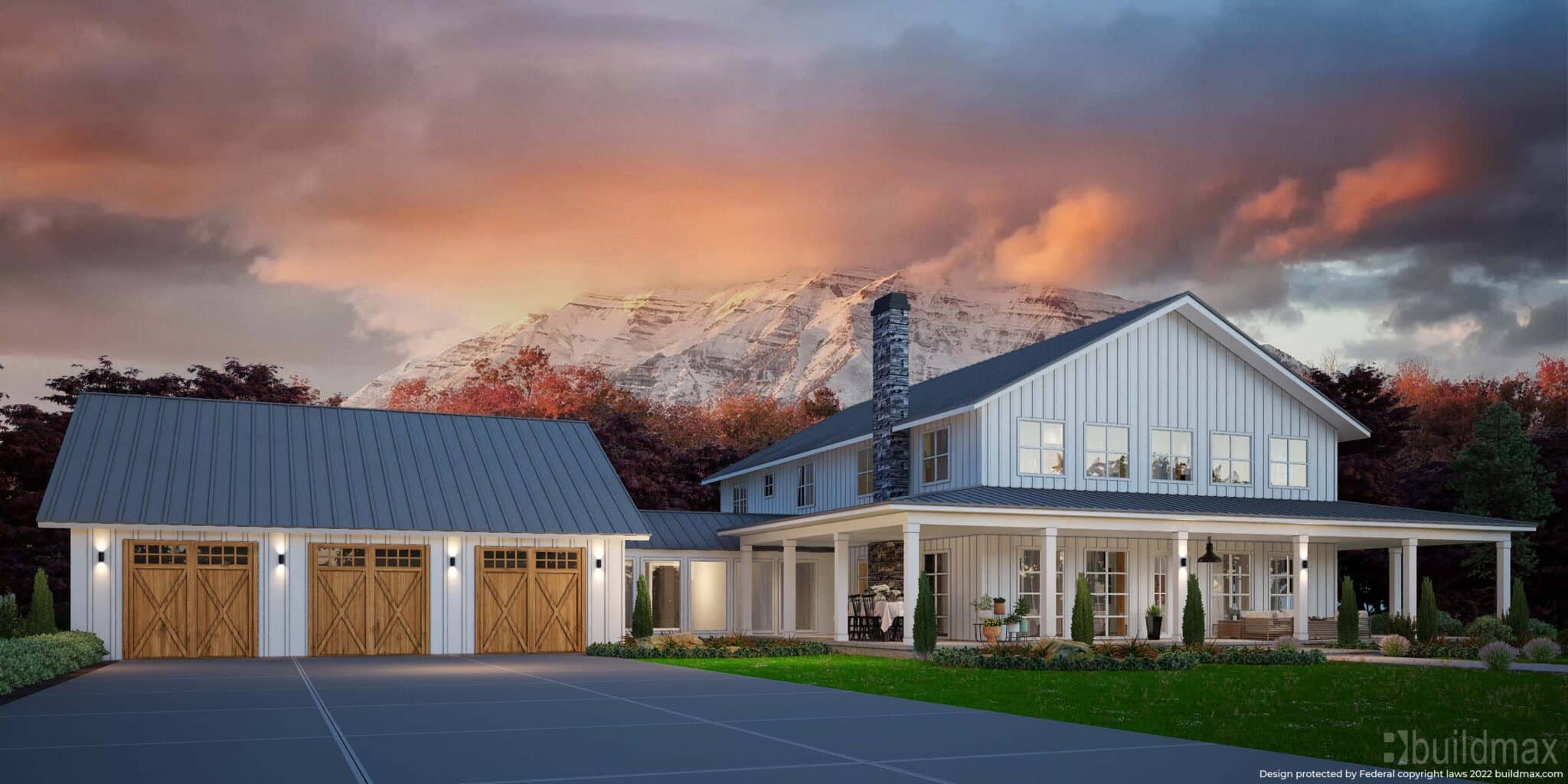Examples of 6-Bedroom Barndominium Floor Plans

A 6-bedroom barndominium floor plan offers ample space for a large family or those who enjoy hosting guests. These plans can be customized to fit various lifestyles and preferences, with options for open-concept living areas, dedicated home offices, and even separate guest suites.
6-Bedroom Barndominium Floor Plan Examples
Here are some examples of 6-bedroom barndominium floor plans, showcasing different layouts and features:
| Floor Plan | Description | Image |
|---|---|---|
| Plan A | This plan features a spacious open-concept living area, a large kitchen with an island, and a separate dining room. The master suite is located on one side of the house, with a private bathroom and walk-in closet. The remaining bedrooms are clustered on the other side of the house, with a shared bathroom. | [Image of Plan A: A 6-bedroom barndominium floor plan with a large open-concept living area, a separate dining room, and a master suite on one side of the house.] |
| Plan B | This plan features a more traditional layout with a separate living room, dining room, and kitchen. The master suite is located on the opposite end of the house from the other bedrooms, providing privacy. The remaining bedrooms are clustered together, with a shared bathroom. | [Image of Plan B: A 6-bedroom barndominium floor plan with a separate living room, dining room, and kitchen. The master suite is located on the opposite end of the house from the other bedrooms.] |
| Plan C | This plan features a large open-concept living area with a kitchen, dining room, and living room all in one space. The master suite is located on one side of the house, with a private bathroom and walk-in closet. The remaining bedrooms are clustered on the other side of the house, with a shared bathroom. | [Image of Plan C: A 6-bedroom barndominium floor plan with a large open-concept living area, a kitchen, dining room, and living room all in one space. The master suite is located on one side of the house.] |
| Plan D | This plan features a separate living room, dining room, and kitchen. The master suite is located on one side of the house, with a private bathroom and walk-in closet. The remaining bedrooms are clustered on the other side of the house, with a shared bathroom. | [Image of Plan D: A 6-bedroom barndominium floor plan with a separate living room, dining room, and kitchen. The master suite is located on one side of the house.] |
Tips for Choosing the Right Floor Plan

Choosing the right floor plan for your barndominium is crucial, as it will shape your living experience for years to come. It’s not just about the number of bedrooms, but also about how those spaces flow, how you envision your family using them, and how the plan aligns with your lifestyle and budget.
Factors to Consider, 6 bedroom barndominium floor plans
Before diving into specific floor plan options, it’s essential to consider several key factors that will influence your decision. These include:
- Family Size: The number of bedrooms is a starting point, but consider the ages of your children, whether you have guests frequently, or if you anticipate future family growth.
- Lifestyle: Do you entertain often? Do you need a dedicated home office? Are you passionate about hobbies that require specific spaces?
- Budget: A larger floor plan will generally cost more to build, so factor in your budget constraints and prioritize features that are essential to you.
- Location: The climate and topography of your location can influence your choice. For example, you might want to maximize natural light in a northern climate or prioritize outdoor living spaces in a warm climate.
Evaluating Floor Plan Options
Once you’ve considered these factors, you can start evaluating different floor plan options. Here’s a guide:
- Open Concept vs. Traditional Layout: Open-concept plans offer a sense of spaciousness, while traditional layouts provide more defined spaces.
- Traffic Flow: Consider how people will move through the house, especially during peak times like meal preparation or morning routines.
- Storage: Barndominiums often feature ample storage space, but think about how you’ll use it. Do you need a dedicated pantry, mudroom, or workshop?
- Outdoor Living: Barndominiums are known for their connection to the outdoors. Consider how you’ll integrate outdoor living spaces into your plan, such as patios, decks, or porches.
Seeking Professional Advice
Working with an architect or designer can be invaluable in choosing the right floor plan. They can help you:
- Develop a Personalized Plan: An architect can tailor a plan to your specific needs and preferences.
- Optimize Space: They can help you maximize the use of space, especially in a barndominium where you want to achieve a balance between open areas and private spaces.
- Identify Potential Challenges: An architect can help you anticipate and address potential construction challenges.
The Importance of Customization
Remember, there’s no one-size-fits-all floor plan. The best plan for you will be one that is tailored to your family’s needs, lifestyle, and budget. Don’t be afraid to customize a pre-designed plan or work with an architect to create a plan that is uniquely yours.
Building a 6-Bedroom Barndominium: 6 Bedroom Barndominium Floor Plans

Building a 6-bedroom barndominium is a significant undertaking, requiring careful planning and execution. It involves various steps, from conceptualization to completion, and requires coordination with architects, contractors, and suppliers. This section will delve into the process of building a 6-bedroom barndominium, highlighting key considerations for a successful project.
Working with Professionals
Collaborating with professionals is crucial for building a 6-bedroom barndominium. Architects, contractors, and suppliers play distinct roles in the project.
- Architects provide design expertise, ensuring the structure is functional, aesthetically pleasing, and meets local building codes. They create detailed blueprints and specifications that guide the construction process.
- Contractors oversee the construction process, managing the workforce and subcontractors, ensuring the project adheres to the timeline and budget. They also procure materials and equipment, coordinate with suppliers, and ensure quality workmanship.
- Suppliers provide essential materials for the project, such as concrete, steel, lumber, roofing, and fixtures. They need to be reliable, provide high-quality materials, and deliver on time to avoid delays.
Managing the Budget and Timeline
Budgeting and managing the timeline are essential for a successful barndominium project.
- Develop a detailed budget that includes all construction costs, materials, labor, permits, and contingencies. Consider factors like the size of the barndominium, the complexity of the design, and the cost of materials in your area.
- Establish a realistic timeline for each phase of the project, considering factors like weather conditions, material availability, and the availability of skilled labor. Regular communication with contractors and suppliers is crucial to track progress and identify potential delays.
- Regularly monitor expenses and track progress against the budget and timeline. Be prepared to adjust the budget or timeline as needed, based on unforeseen circumstances or changes in market conditions.
Construction Process
The construction process for a 6-bedroom barndominium involves several phases, each requiring careful attention to detail.
- Site preparation involves clearing the land, grading the site, and preparing the foundation. This phase also includes obtaining necessary permits and inspections.
- Foundation construction is a crucial phase, ensuring the stability and durability of the barndominium. This involves pouring concrete footings and walls, and ensuring they are level and strong enough to support the structure.
- Framing involves erecting the walls, roof, and floors of the barndominium. This phase requires skilled labor and precision to ensure the structure is sound and meets building codes.
- Roofing involves installing the roof structure, sheathing, and roofing material. This phase requires careful consideration of the local climate and the desired aesthetic.
- Exterior finishing includes siding, windows, doors, and landscaping. This phase adds the finishing touches to the exterior of the barndominium, enhancing its curb appeal and functionality.
- Interior finishing involves installing drywall, flooring, cabinets, plumbing, electrical, and fixtures. This phase brings the barndominium to life, creating comfortable and functional living spaces.
